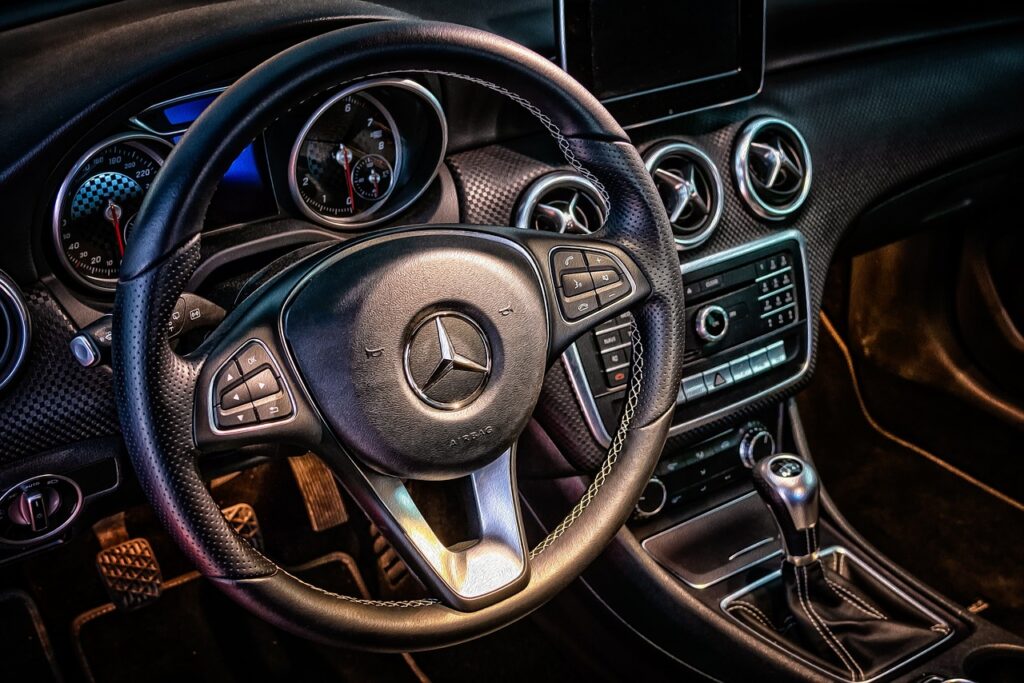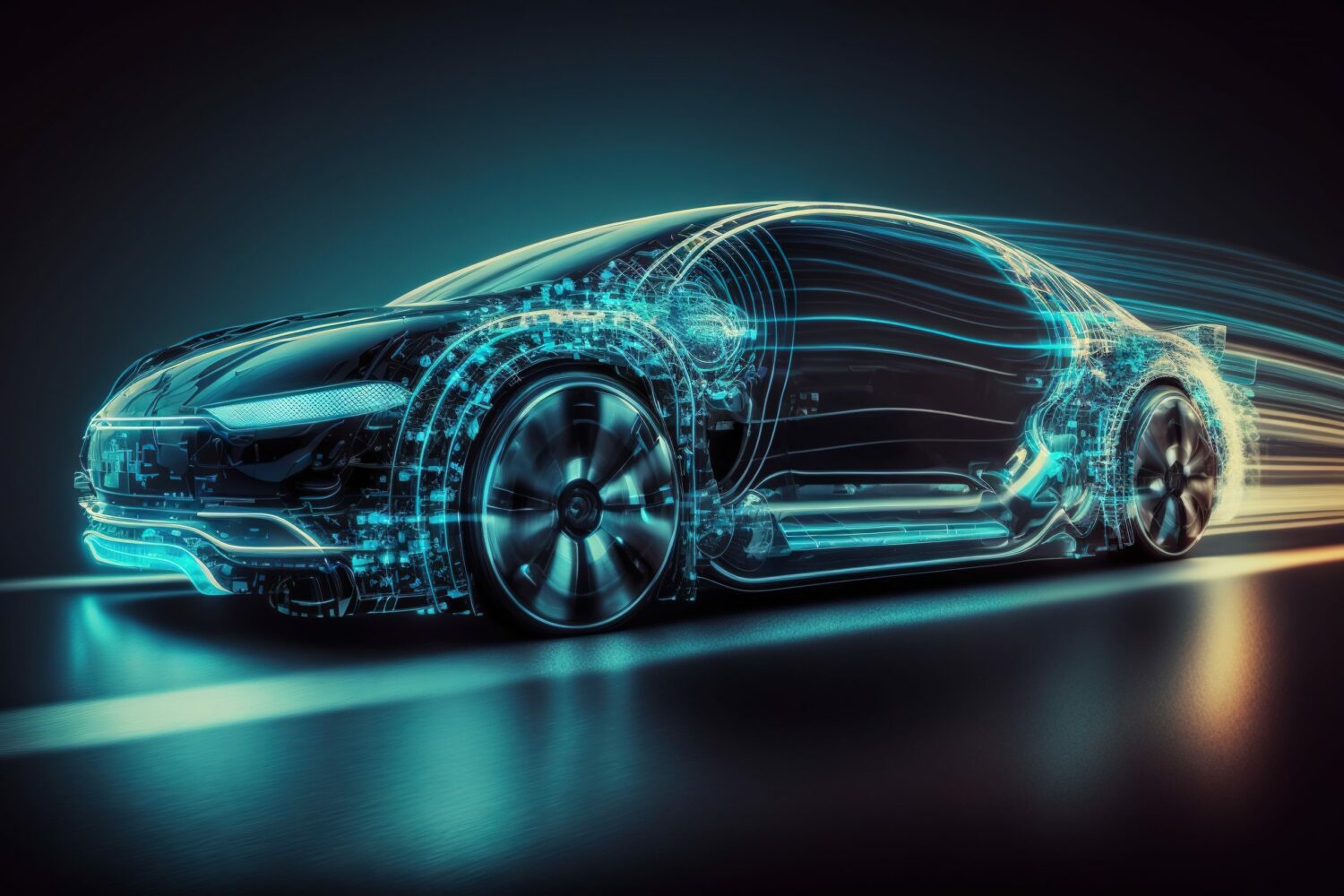
Luxury cars, with their sleek designs, sophisticated technology, and powerful performance, represent the pinnacle of automotive engineering and design. The allure of owning such a vehicle, whether a commanding sedan or a dynamic coupe, is undeniable, promising an unparalleled driving experience characterized by comfort, prestige, and cutting-edge features. However, beneath the polished exterior lies a complex web of intricate electrical systems, sensors, and computer modules that, while enhancing convenience and safety, also introduce a unique set of challenges for owners.
While these advanced features elevate the driving experience, they also come with a higher probability of encountering complex electrical issues. Unlike simpler vehicles, the sheer number of integrated systems in a luxury car means there are more points of potential failure. Electrical problems can range from minor annoyances to significant disruptions, compromising a vehicle’s functionality, comfort, and, critically, its safety, sometimes well before the 50,000-mile mark.
For prospective buyers and current owners alike, understanding these vulnerabilities is paramount. This in-depth guide aims to shed light on some of the most common electrical issues that can arise in luxury cars. By delving into their causes, identifying key symptoms, and outlining effective solutions, we empower you with the knowledge to make informed decisions, mitigate risks, and ensure your luxury vehicle remains a reliable and enjoyable companion for years to come.

1. **Battery Problems**The battery serves as the indispensable heart of any car’s electrical system, providing the vital power necessary for startup and ensuring the continuous operation of all onboard systems. In luxury vehicles, where a multitude of high-tech features and advanced electronics are standard, the demands placed on the battery are considerably higher, making battery-related issues a common concern for owners.
Several factors can contribute to these prevalent battery issues. A primary cause is the overuse of power-draining features, such as heated seats, panoramic sunroofs, and sophisticated infotainment systems, which can rapidly deplete a battery’s charge. Additionally, a faulty alternator, which is responsible for charging the battery while the car is running, can fail to perform its duty properly, leading to a consistently undercharged or drained battery. Furthermore, the accumulation of corrosion on battery terminals can significantly impede electrical flow, resulting in poor connections and reduced battery performance.
Recognizing the symptoms of a failing battery early can prevent more significant problems. Owners might experience difficulty starting the car, where the engine cranks slowly or struggles to turn over. Flickering interior lights or dashboard lights are another common indicator, signaling an unstable power supply. Perhaps most critically, the illumination of various warning lights on the instrument cluster often points directly to a battery or charging system malfunction, urging immediate attention.
To effectively address battery problems and extend its lifespan, proactive measures are essential. It is advisable to regularly inspect the battery for any visible signs of corrosion or physical damage, ensuring all connections are clean and secure. Periodically testing the battery voltage, particularly before embarking on long drives, can provide a clear indication of its health. As a general guideline, replacing the battery every three to five years, or strictly adhering to the manufacturer’s specific guidelines, is a crucial step in preventing unexpected electrical failures.
Read more about: Beyond the Beta Label: Unpacking the Genuine Confusion and Critical Failures in Automotive Software-Defined Vehicles
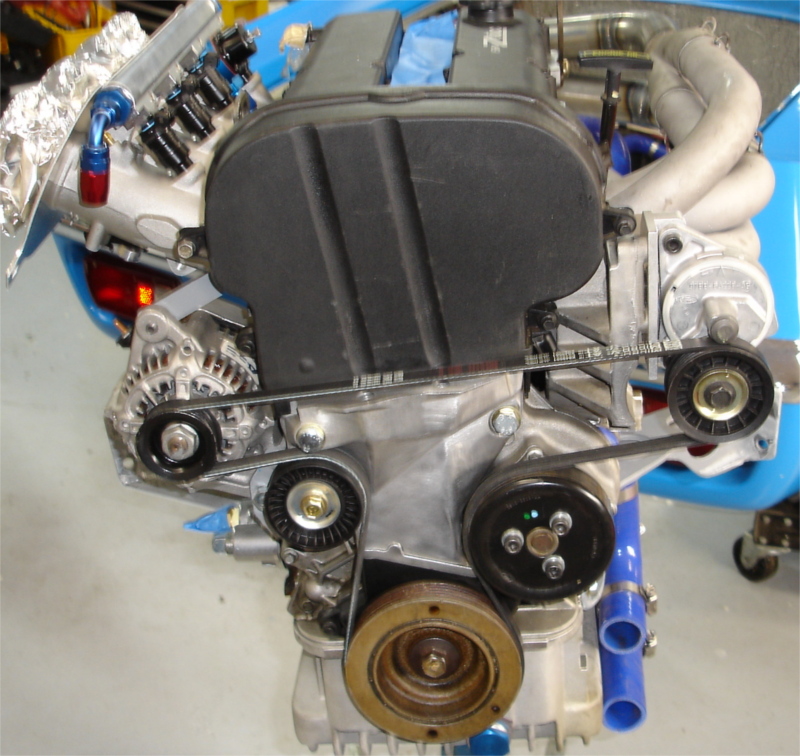
2. **Malfunctioning Alternator**While the battery initiates the car’s electrical journey, the alternator assumes a crucial role once the engine is running. Its primary function is twofold: to continuously charge the battery and to supply electrical power to all the vehicle’s electrical systems. Given this critical responsibility, a malfunctioning alternator can swiftly lead to severe electrical disruptions, impacting virtually every aspect of a luxury car’s operation.
Various factors can precipitate an alternator’s failure. Over time and extensive use, internal components such as the voltage regulator or diode rectifier can simply wear out, compromising the alternator’s ability to generate and regulate power efficiently. Moreover, the inherently high electrical load imposed by the numerous high-end features commonly found in luxury cars, such as premium sound systems, advanced climate control, and extensive lighting, can place excessive strain on the alternator, accelerating its wear and increasing the likelihood of an early breakdown.
The symptoms of a failing alternator are often distinct and progressive, offering clear warnings. Drivers might first notice dimming headlights or a noticeable decrease in the brightness of dashboard lights, particularly when operating other electrical accessories. High-power electrical components, like power windows, heated seats, or sophisticated infotainment units, may begin functioning intermittently or sluggishly. Crucially, the illumination of a dedicated battery warning light on the dashboard is a direct indication that the alternator is not charging the battery as it should, signaling an urgent need for inspection.
Addressing an alternator issue promptly is vital to prevent cascading damage to other electrical components and to ensure vehicle reliability. The most effective solution involves having the alternator tested by a qualified professional technician. Through specialized diagnostic equipment, they can accurately determine if the component is indeed failing. If diagnosed as faulty, replacing the alternator without delay is essential, as continued operation with a malfunctioning unit can lead to complete battery drainage, vehicle breakdown, and even damage to the entire electrical system.
Read more about: The Universal Language of Safety: Decoding 14 Standardized Dashboard Warning Lights Every Driver Must Know
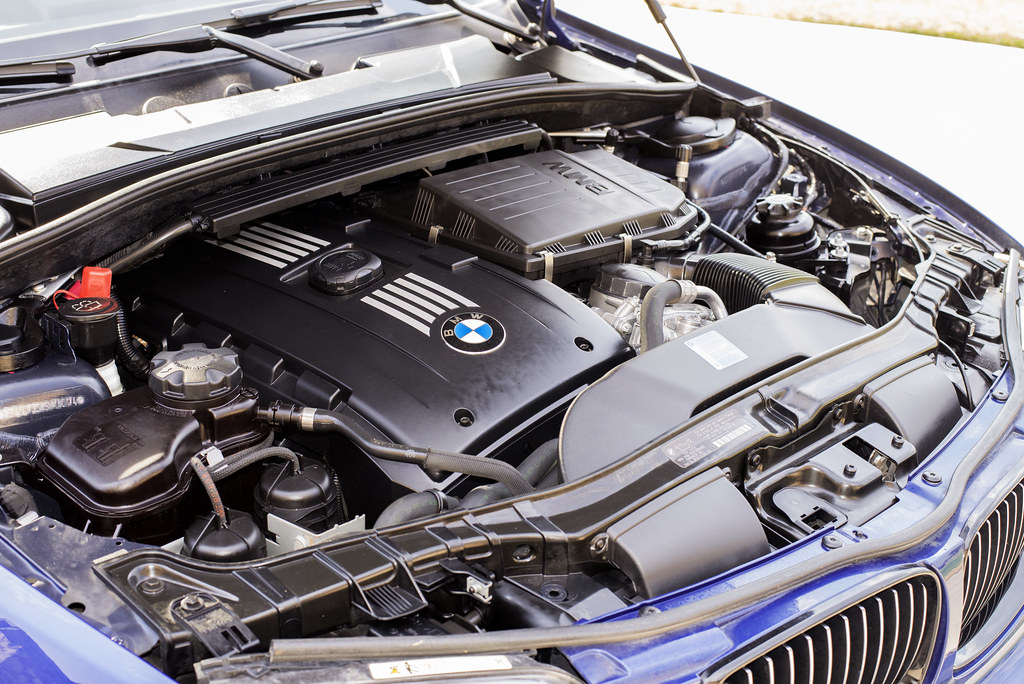
3. **Faulty Wiring**Modern luxury cars are engineering marvels, and much of their sophisticated functionality relies on incredibly complex and extensive wiring networks. These intricate harnesses crisscross the vehicle, meticulously connecting various systems, from the engine control unit to the smallest cabin light. Given their pervasive nature, issues within this wiring can manifest in a wide array of electrical problems, often stemming from typical wear and tear, accidental damage, or even inherent manufacturing defects.
Several environmental and external factors can compromise the integrity of these delicate wiring systems. Persistent exposure to moisture, particularly in damp climates or after heavy rains, can lead to corrosion within the wiring or at connection points, impeding electrical conductivity. A surprisingly common yet often overlooked cause of damage is rodent intrusion; these pests are known to chew on wiring insulation, creating shorts or complete circuit breaks. Furthermore, improper installation during repairs or modifications, or the use of substandard components, can introduce weak points into the network, leading to future failures.
The symptoms of faulty wiring can be particularly frustrating due to their often intermittent and unpredictable nature. Owners may experience sporadic electrical failures, where certain systems work one moment and not the next. More alarmingly, a burning smell emanating from the vehicle’s interior or engine bay, or even visible smoke, are critical indicators of overheating or short-circuiting wires, demanding immediate attention. Furthermore, entire systems, such as the infotainment unit, power seats, or advanced driver-assistance features, might become completely non-functional, pointing directly to a break in their electrical supply.
To mitigate the risks associated with faulty wiring, a proactive approach is highly recommended. Regularly inspecting the wiring harness for any signs of damage, fraying, or exposed wires can help catch issues early. When repairs or upgrades are necessary, it is paramount to use only high-quality, manufacturer-recommended wiring components to ensure durability and proper function. For those in areas prone to pest activity, storing the vehicle in a rodent-proof environment or implementing deterrents can prevent significant and costly wire damage, safeguarding the car’s intricate electrical circulatory system.
Read more about: Bypass These 6 Compacts: They Become Headaches for Any Mechanic After You Hit Triple Digits
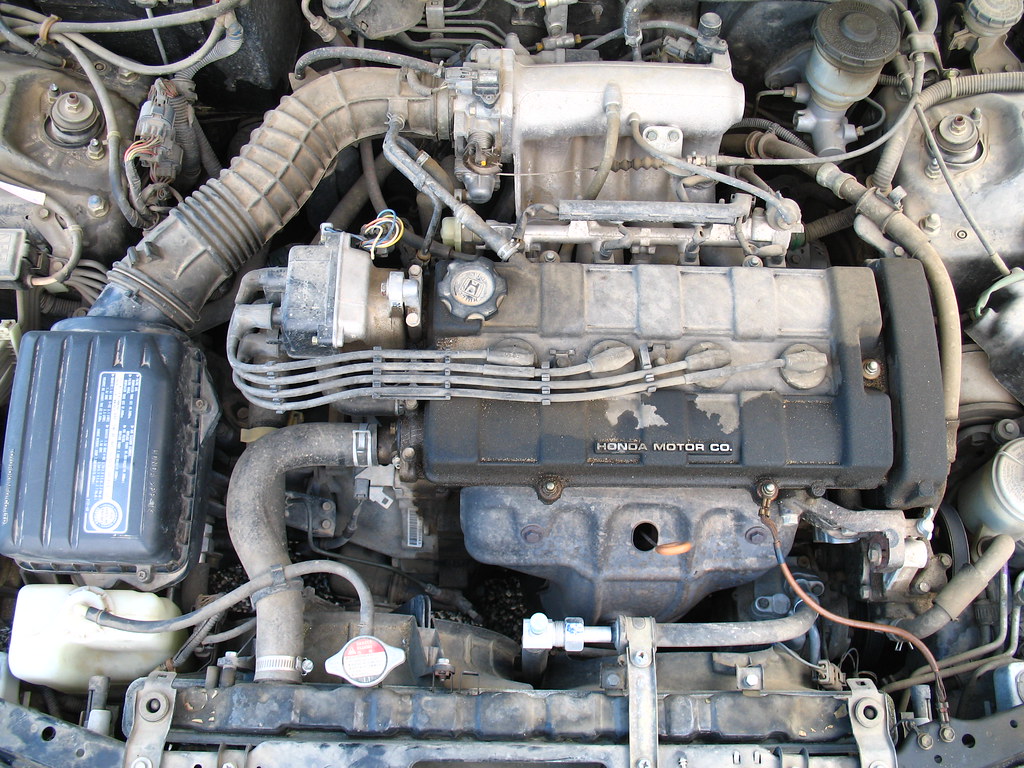
4. **Sensor Failures**In the realm of modern luxury automobiles, sensors have become the unsung heroes, forming the backbone of nearly every advanced function. These miniature technological marvels continuously collect data, empowering systems ranging from intricate engine management to sophisticated parking assistance and critical collision avoidance. Their precise operation is vital, and consequently, any malfunction can significantly disrupt these interdependent systems, often without immediate obvious cause.
The causes of sensor failures are diverse, often stemming from environmental or electronic factors. The constant exposure to road conditions means sensors can accumulate dirt, debris, or moisture, directly affecting their accuracy and performance. Beyond external contaminants, internal issues such as faulty wiring or loose connections within the sensor’s own circuit can lead to erratic readings or complete failure. Furthermore, the increasing reliance on integrated software means that glitches or bugs within the vehicle’s control module can sometimes present as sensor malfunctions, necessitating a digital rather than mechanical solution.
The indications of sensor failure are frequently communicated through the vehicle’s sophisticated diagnostic systems. Owners might observe inaccurate or erratic readings on the dashboard display, such as incorrect temperature, pressure, or fluid levels. Crucial driver-assistance systems, like cruise control, automatic braking, or parking sensors, may fail to activate or operate inconsistently, compromising convenience and safety. Additionally, the illumination of specific warning lights, such as the ABS (Anti-lock Braking System) light, the traction control light, or the ubiquitous engine check light, often points directly to a sensor-related issue, demanding a diagnostic scan.
Promptly addressing sensor failures is critical, not just for convenience but especially for safety. Regular cleaning of visible sensors, such as those for parking or collision detection, can remove dirt or grime that impedes their function. For more complex issues, recalibrating sensors according to the manufacturer’s specific instructions can restore their accuracy. However, if a sensor is confirmed to be faulty, replacing it with a genuine, high-quality part is crucial. Ignoring these issues can lead to persistent system malfunctions, reduced vehicle performance, and potentially compromised safety features, making timely intervention a wise investment.
Read more about: Beyond the Beta Label: Unpacking the Genuine Confusion and Critical Failures in Automotive Software-Defined Vehicles
5. **Issues with the Infotainment System**The infotainment system stands as a defining hallmark of luxury cars, representing a central hub of connectivity, entertainment, and navigation. These sophisticated units integrate GPS navigation, Bluetooth connectivity, multimedia controls, and advanced vehicle settings, all presented through intuitive touchscreens and voice commands. While designed to offer an unparalleled user experience, electrical issues within this complex system can quickly transform convenience into frustration, significantly hampering the overall enjoyment of the vehicle.
Infotainment system problems can arise from a combination of software and hardware-related factors. A common culprit is outdated software or firmware; much like personal electronics, these systems require regular updates to fix bugs, improve performance, and ensure compatibility with modern devices. Compatibility issues with external devices, such as newly released smartphones or third-party media players, can also lead to glitches. Furthermore, prolonged usage, especially in hot climates, can sometimes cause the system to overheat, leading to temporary or persistent malfunctions.
The symptoms of a troubled infotainment system are often glaringly obvious to the user. Drivers may experience the touchscreen freezing or lagging, becoming unresponsive to inputs, or showing delayed reactions. A significant frustration point is the inability to connect external devices via Bluetooth or USB, effectively cutting off access to hands-free communication or personal media. Audio output distortions, such as crackling, intermittent sound, or complete audio failures, also signal underlying electrical problems within the system’s components.
To keep your luxury car’s infotainment system operating flawlessly, several proactive steps are recommended. Regularly updating the system software and firmware, typically available from the manufacturer or dealership, is crucial for optimal performance and bug fixes. To avoid compatibility headaches, it is wise to use manufacturer-recommended or widely compatible external devices. For hardware-related issues, such as persistent freezing or component malfunctions that software updates cannot resolve, seeking professional help from certified technicians is essential. They possess the specialized diagnostic tools and expertise to accurately identify and rectify complex internal hardware problems, restoring your system to its intended seamless operation.
Continuing our in-depth examination of potential electrical challenges in luxury coupes, we delve into five more pervasive problems that can disrupt functionality and compromise safety well before the 50,000-mile benchmark. Understanding these issues is crucial for any owner or prospective buyer, arming you with the knowledge to identify, address, and prevent costly electrical failures, ensuring your luxury vehicle remains a source of pleasure, not frustration. From the convenience of power windows to the sophisticated control of the engine itself, electrical integrity underpins the entire premium driving experience.
Read more about: Beyond the Blockbusters: Unpacking Jennifer Lawrence’s Astounding Car Collection, from Humble Beginnings to Hybrid Powerhouses

6. **Power Window Failures**Power windows in luxury cars are far more than simple conveniences; they are motor-driven systems often intricately linked to sophisticated control modules, adding to the vehicle’s overall technological sophistication. When these systems fail, it can transition quickly from a minor annoyance to a significant inconvenience, and potentially a security concern. The complexity of these integrated components means that pinpointing the exact cause of a malfunction often requires a thorough understanding of the entire electrical network within the door panels.
Several distinct factors can precipitate power window failures. A common culprit involves issues with the window regulators or the electric motors themselves, which can wear out over time due to consistent use or manufacturing defects. Furthermore, the wiring harnesses located within the door panels, subjected to constant bending and flexing, are susceptible to damage, leading to intermittent or complete loss of power. Malfunctioning control switches, often exposed to spills or repeated mechanical stress, can also impede proper window operation, preventing commands from reaching the motor.
Recognizing the symptoms of impending or current power window issues can help owners address problems before they escalate. Drivers might observe that the windows move sluggishly, struggle to operate, or fail to move at all, indicating a significant power or mechanical issue. A distinct clicking sound when the window switch is activated but the window doesn’t respond often points to a faulty motor or regulator attempting to engage. Intermittent functionality of one or more windows, where they work sometimes but not others, typically suggests an underlying wiring or switch problem that requires attention.
To effectively tackle power window problems and maintain their reliable operation, a proactive approach is recommended. It is advisable to periodically inspect the window regulators and motors for any visible signs of wear or damage, particularly if the window movement feels less smooth than usual. Ensuring proper lubrication of the window tracks can prevent friction and strain on the motor, extending its lifespan. Should components be identified as damaged or faulty, replacing them with genuine parts, specifically designed for your vehicle, is paramount to ensure proper fit, function, and long-term durability, avoiding potential compatibility issues and ensuring optimal performance.
Read more about: The Real Cost of Ownership: 10 Sedans That Become Money Pits After Five Years (And How to Avoid Them)
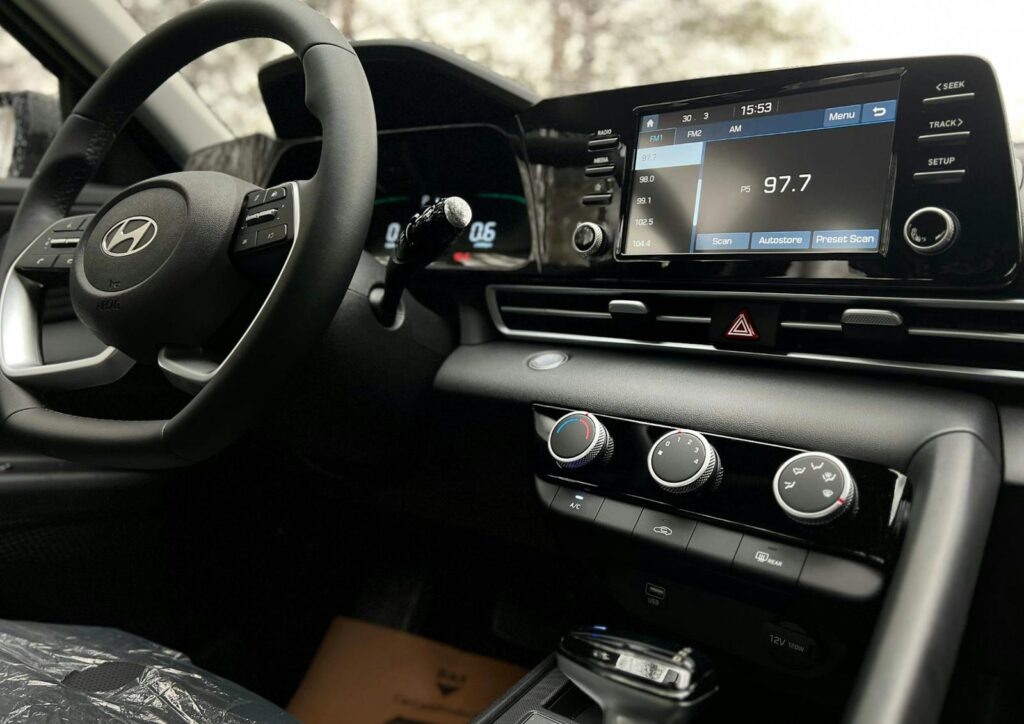
7. **Malfunctioning Climate Control System**Luxury cars distinguish themselves with advanced climate control systems, offering not just heating and cooling, but often precision temperature adjustments and zonal settings for individualized comfort. This intricate system, while providing unparalleled cabin ambiance, relies heavily on a network of electrical components and sensors. Consequently, any electrical problems within this system can significantly compromise passenger comfort and the overall premium experience, making a drive less enjoyable.
The causes behind a malfunctioning climate control system are often multifaceted. Faulty actuators, which are small motors controlling the air blend doors and vent positions, can prevent air from being directed correctly or temperatures from being mixed accurately. Problems with the control modules, the electronic brains of the system, can lead to erratic behavior or complete shutdown. Moreover, sensor failures, where temperature or humidity sensors provide incorrect readings, can cause the system to deliver inconsistent heating or cooling, failing to maintain the desired cabin conditions.
The symptoms of climate control system electrical issues are typically quite noticeable. Owners might experience inconsistent heating or cooling, where the system struggles to maintain a steady temperature or blows air that is too hot or too cold. A complete lack of airflow from the vents, despite the fan being set to high, often points to a blower motor issue or a clogged cabin filter. Furthermore, clicking noises emanating from the dashboard when adjusting temperature settings can be a clear indicator of a failing blend door actuator, struggling to move into position.
Addressing climate control issues effectively requires a systematic approach. It is essential to perform regular maintenance on the air conditioning system, including checking refrigerant levels and inspecting for leaks, which ensures optimal cooling performance. Replacing faulty actuators or blower motors, when identified as the source of the problem, can restore proper airflow and temperature regulation. Additionally, verifying that refrigerant levels are adequate is crucial for effective cooling, as low levels can hinder the system’s ability to cool the cabin efficiently, directly impacting comfort.
Read more about: The Real Cost of Ownership: 10 Sedans That Become Money Pits After Five Years (And How to Avoid Them)
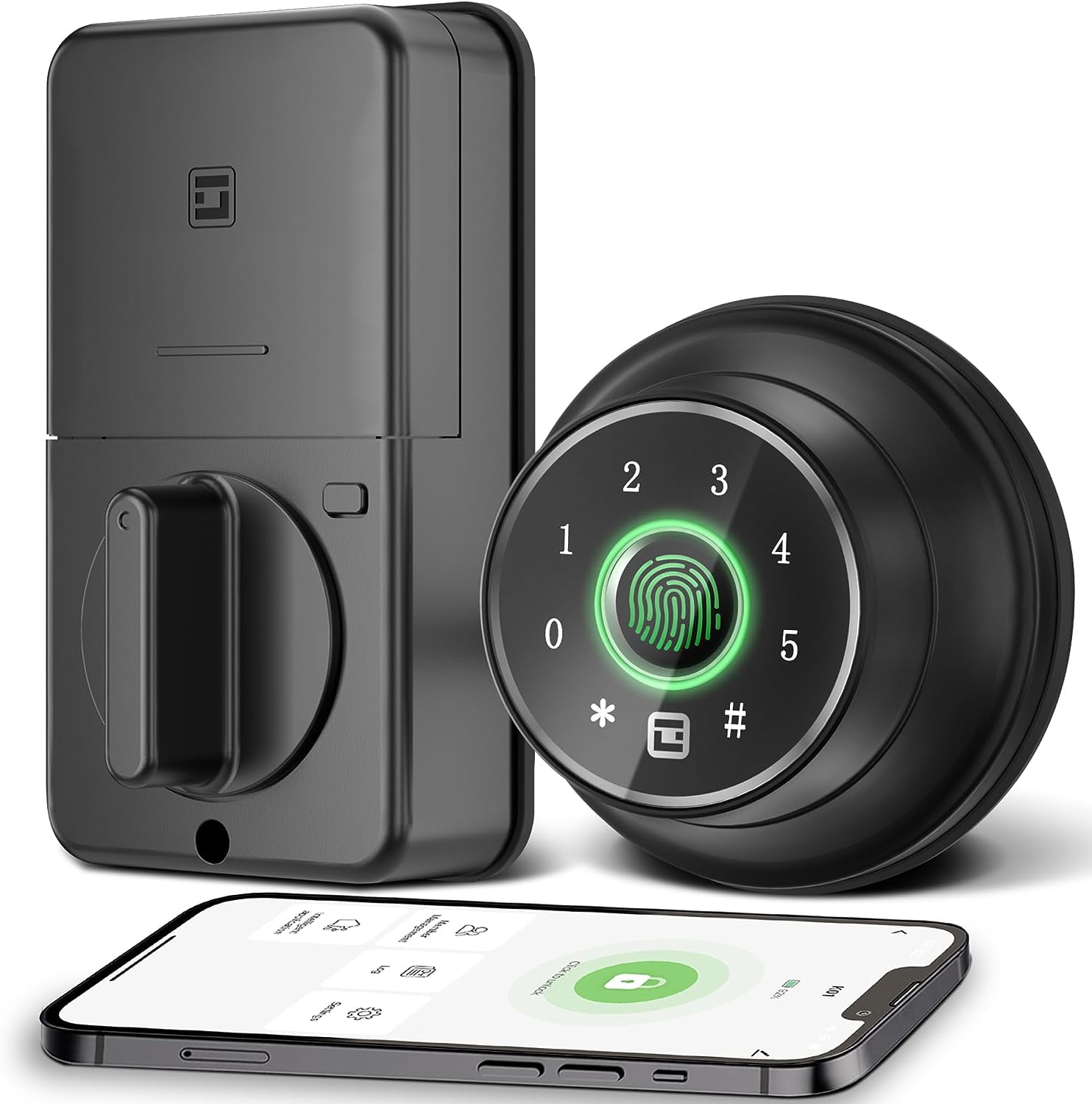
8. **Keyless Entry and Ignition Issues**Keyless entry and ignition systems have become a staple in luxury cars, designed to enhance convenience and streamline the driving experience. These systems allow drivers to unlock doors and start the engine without physically inserting a key, relying on sophisticated radio frequency signals and secure communication protocols. However, despite their advanced nature, these systems are not immune to electrical problems, which can quickly transform seamless convenience into significant frustration and even leave an owner stranded.
Several factors can contribute to keyless entry and ignition issues. A primary and often overlooked cause is a weak or completely drained key fob battery, which can diminish the signal strength to the point where the car cannot detect it. Interference from nearby electronic devices, such as cell phones, power lines, or even other key fobs, can disrupt the communication between the fob and the vehicle’s receiver. Furthermore, faulty antennas within the car or issues with the control modules responsible for processing the key fob’s signal can lead to persistent problems, preventing proper operation.
The symptoms of a problematic keyless system are usually clear indicators that something is amiss. Owners might experience difficulty unlocking the car doors, requiring multiple attempts or close proximity to the vehicle for the system to respond. Similarly, starting the car might become challenging, with the engine failing to crank or requiring the key fob to be placed in a specific, often less convenient, spot within the cabin. Warning messages on the dashboard, such as ‘Key Not Detected’ or similar alerts, are direct signals that the system is encountering an issue. A reduced range of the key fob signal is also a common complaint, meaning the driver has to be much closer to the vehicle for it to respond.
To mitigate the frustration associated with keyless entry and ignition problems, several practical steps can be taken. The simplest solution, and often the first to try, is to regularly replace the key fob battery, typically once every one to two years, to ensure a strong and consistent signal. It is also advisable to avoid placing the key fob near other electronic devices that could cause interference, and to keep it away from large metal objects. If issues persist despite a new battery and avoiding interference, reprogramming or replacing the key fob may be necessary. For more complex internal electrical issues, professional diagnostics are essential to identify and rectify problems with antennas or control modules.
Read more about: Unlocking the Mystery: Why Your Car Key Fob Replacement Can Cost Hundreds of Dollars

9. **Lighting System Problems**Luxury cars are celebrated for their sophisticated lighting systems, which extend beyond basic illumination to include adaptive headlights, striking LED taillights, and ambient interior lighting that enhances the cabin experience. These advanced systems are not merely aesthetic; they play a crucial role in safety by improving visibility and signaling intentions to other drivers. However, the complexity of these integrated electrical components means that issues within the lighting system can affect both the vehicle’s appearance and its critical safety functions.
Electrical issues in luxury car lighting systems can arise from various sources. In LED systems, which are common in modern luxury vehicles, faulty ballasts or control modules can lead to flickering or complete failure of specific light components. Traditional bulbs, though less common in primary lighting, can still burn out due to high power consumption or age. Wiring problems, such as frayed wires or loose connections, are a frequent cause of intermittent lighting failures. Additionally, moisture ingress into light housings can cause corrosion and short circuits, compromising the integrity and function of the entire lighting unit.
The symptoms of lighting system problems are typically quite evident and should be addressed promptly. Drivers might notice flickering or dimming lights, which can significantly reduce visibility during night driving and indicate an unstable power supply. The complete failure of specific light components, such as a headlight, taillight, or turn signal, immediately impacts safety and legality. Furthermore, error messages related to the lighting system appearing on the dashboard, such as a ‘Bulb Out’ warning or a system fault, are clear indicators that diagnostic attention is needed to prevent more serious issues or potential road hazards.
To ensure your luxury car’s sophisticated lighting system operates reliably and safely, proactive measures are key. When replacements are necessary, always use high-quality bulbs and components, ideally manufacturer-recommended parts, to ensure compatibility and durability. It is crucial to ensure proper sealing of light housings, especially after any repairs or modifications, to prevent moisture ingress, which is a common cause of electrical damage. For persistent or complex lighting issues, seeking professional diagnostics is highly recommended, as specialized equipment and expertise are often required to accurately identify and resolve problems within these intricate systems, ensuring your vehicle remains visible and safe on the road.
Read more about: Beyond the Alarm: 13 Subtle Silent Heart Attack Signs Women Over 50 Must Recognize for Lifesaving Early Action

10. **ECU (Engine Control Unit) Malfunctions**The Engine Control Unit (ECU) is undeniably the brain of a modern car, especially a luxury vehicle. This sophisticated computer system manages a vast array of critical engine functions, from precise fuel injection and ignition timing to emission controls and transmission shifts. Its continuous, real-time adjustments ensure optimal performance, fuel efficiency, and adherence to environmental standards. Given its central role, electrical issues within the ECU can have far-reaching consequences, causing significant performance problems across the entire vehicle.
ECU malfunctions can stem from several underlying causes. Software corruption or outdated firmware is a common culprit; much like any computer, the ECU requires regular updates to fix bugs, improve algorithms, and ensure compatibility with other vehicle systems. Physical damage, such as water ingress or prolonged exposure to extreme heat, can irreparably harm the ECU’s sensitive electronic components. Furthermore, faulty sensors feeding incorrect or inconsistent data to the ECU can cause it to make erroneous decisions, leading to engine performance issues even if the ECU itself is physically sound.
The symptoms of an ECU malfunction are often profound and directly impact the vehicle’s drivability. Owners might experience poor engine performance, characterized by a noticeable lack of power, rough running, or even frequent stalling, particularly at idle or low speeds. A significant decrease in fuel efficiency is another common indicator, as the ECU struggles to optimize the air-fuel mixture. Perhaps the most universal sign is a persistent ‘Check Engine’ light illuminated on the dashboard, which almost always signals that the ECU has detected a fault within a monitored system, demanding immediate diagnostic attention.
Addressing ECU malfunctions promptly is crucial for maintaining engine health and vehicle reliability. Keeping the ECU updated with the latest software and firmware, typically performed by a dealership or certified specialist, can resolve many software-related glitches and improve overall performance. Protecting the car from extreme environmental conditions, such as parking in sheltered areas to avoid prolonged sun exposure or ensuring proper sealing against water, can prevent physical damage to the ECU. Regular diagnostic scans are highly recommended to detect potential issues early, allowing for timely intervention before minor problems escalate into major, costly repairs. Given the ECU’s complexity and criticality, any suspected malfunction warrants immediate professional attention, as specialized tools and expertise are essential for accurate diagnosis and repair.
Owning a luxury coupe is an experience defined by advanced technology and sophisticated engineering, but it also comes with the responsibility of understanding and maintaining its intricate electrical systems. From common battery drains and malfunctioning alternators to complex ECU issues, these vehicles can present unique challenges. By recognizing the telltale signs of trouble, adhering to a diligent maintenance schedule, and proactively seeking expert professional help, you can mitigate the risks of early electrical failures. Staying informed and taking preventive action ensures your luxury vehicle continues to deliver the unparalleled driving experience it was designed for, keeping you on the road and enjoying every mile with confidence and peace of mind.

